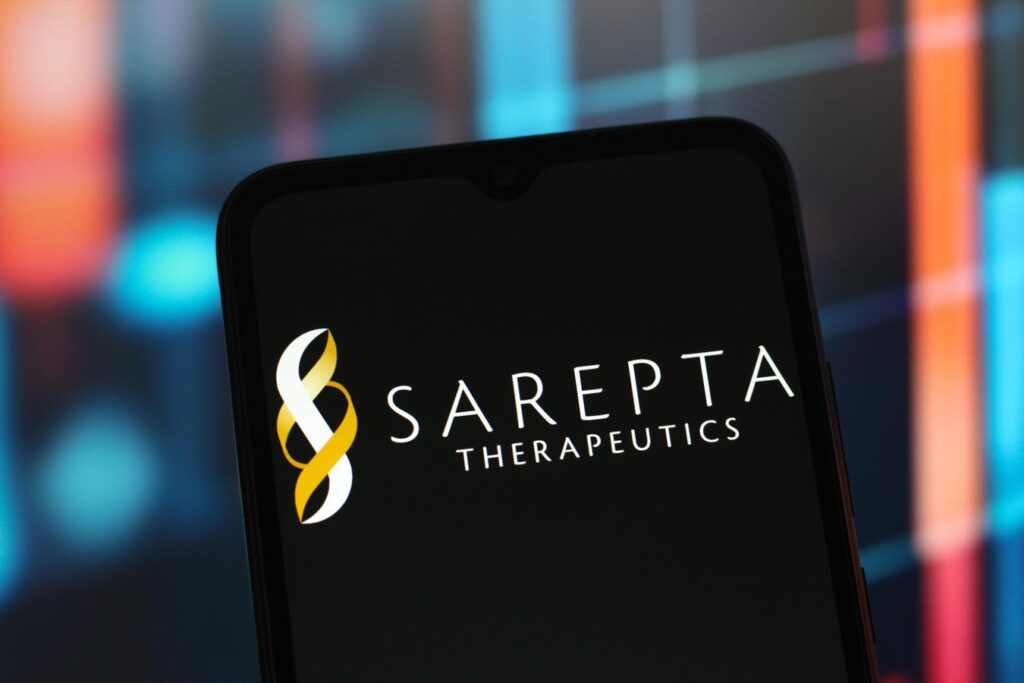Sarepta Therapeutics (NASDAQ: SRPT) suffered a devastating blow on Monday, June 16 when its stock plummeted 42% following news of a second patient death linked to its Duchenne muscular dystrophy gene therapy, Elevidys. The biotechnology company and its global partner Roche immediately suspended commercial and clinical use of the treatment in non-ambulatory patients pending a comprehensive safety review.
The decision came after Roche conducted a safety profile reassessment that revealed concerning patterns following the two fatalities. Commercial distribution has ceased effective immediately, while enrollment in ongoing clinical trials has been paused until additional risk mitigation measures can be implemented in study protocols.
Now, if you are looking for an upside with a smoother ride than an individual stock, consider the High-Quality portfolio, which has outperformed the S&P, and clocked >91% returns since inception. On a separate note, see – Should You Buy CRWV Stock After A Whopping 4x Rise?
Elevidys represents a significant advancement in gene therapy for Duchenne Muscular Dystrophy, a devastating genetic disorder that progressively weakens muscles. The FDA granted accelerated approval in June 2023 for ambulatory patients aged 4-5, later expanding traditional approval to all ambulatory patients aged 4 and older. However, continued approval for non-ambulatory patients remained contingent on confirmatory clinical trial results.
The financial implications for Sarepta are profound. Elevidys generated 43% of the company’s total revenues last year, making it the cornerstone of Sarepta’s commercial portfolio. Industry analysts had projected peak sales of over $3 billion for the therapy, expectations that now face substantial revision given the restricted patient population.
Sarepta’s financial profile already presented significant challenges before this setback. Despite achieving average revenue growth exceeding 40% over the past three years, the company remains unprofitable with an operating cash flow margin of negative 25% and a net income margin of negative 11%. The company carries $1.3 billion in debt against a current market capitalization of $2.06 billion, resulting in a concerning debt-to-equity ratio of 63%.
The stock’s trajectory illustrates the extreme volatility inherent in pharmaceutical investments. Shares have collapsed from their 52-week high of approximately $172 to current levels around $20, representing the kind of dramatic price swings that characterize companies heavily dependent on revenues from only a few drugs.
While Sarepta’s multi-year low valuations might appear attractive to contrarian investors, the investment proposition carries substantial risks. The combination of recent safety concerns with its flagship product, overwhelming dependence on a single revenue source, significant cash burn, and extreme stock volatility creates a highly speculative investment scenario suitable only for investors with high risk tolerance.
Investors seeking exposure to innovative healthcare developments might consider diversified approaches, such as the Trefis High Quality (HQ) Portfolio, that spread risk across multiple companies and sectors, rather than concentrating capital in individual speculative positions. With a collection of 30 stocks, this portfolio has a track record of comfortably outperforming the S&P 500 over the last 4-year period. Why is that? As a group, HQ Portfolio stocks provided better returns with less risk versus the benchmark index; less of a roller-coaster ride, as evident in HQ Portfolio performance metrics.
Read the full article here


